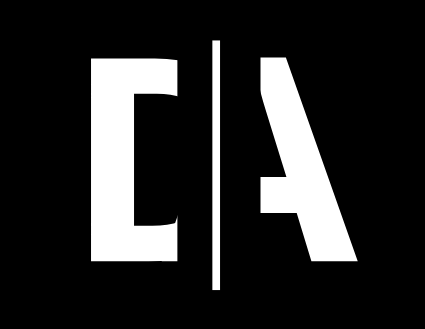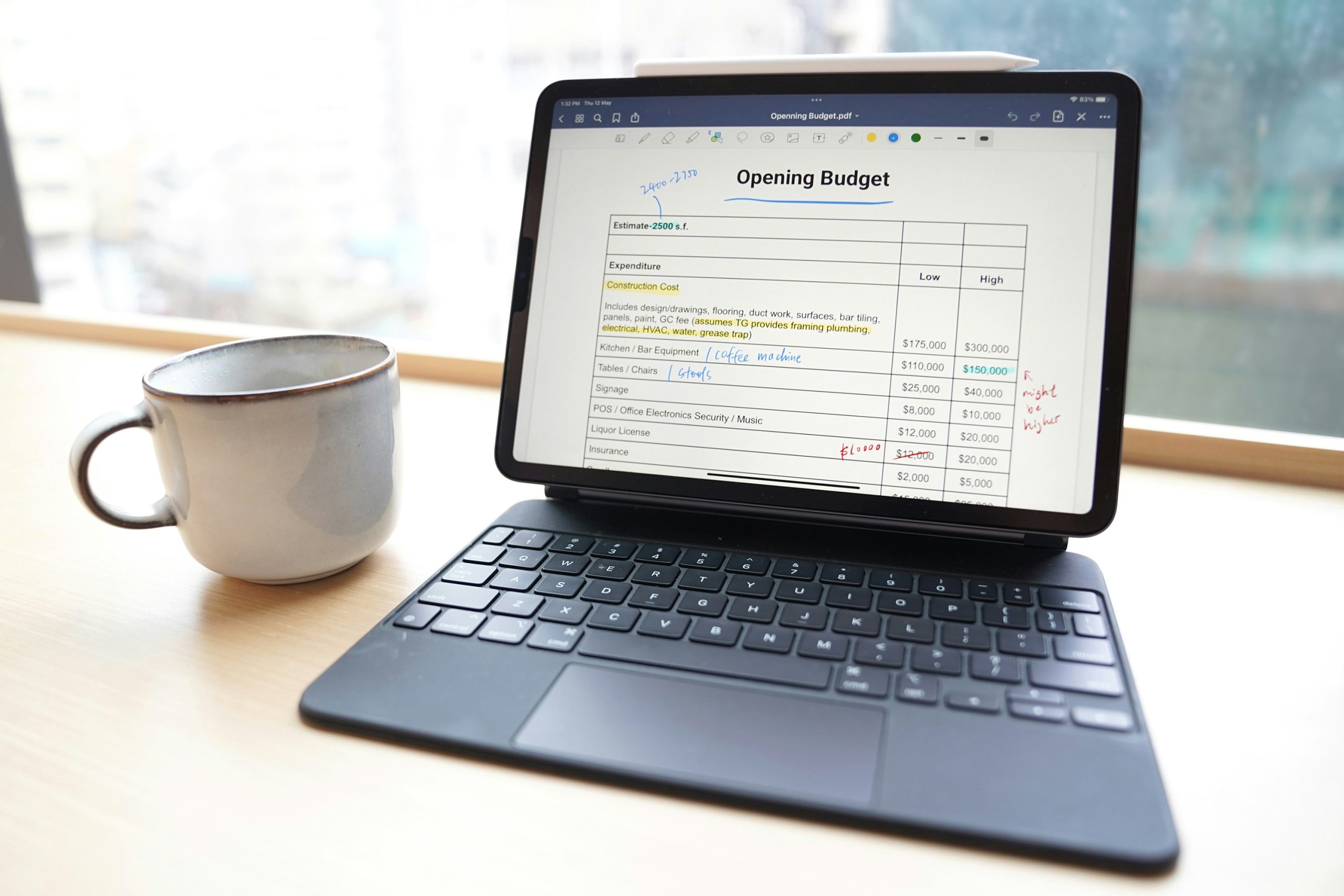The Public Service Loan Forgiveness (PSLF) program has been a lifeline for millions of teachers, nurses, and nonprofit workers, promising federal student loan forgiveness after a decade of dedicated service. But in 2025, the Trump administration is shaking things up with proposed changes that could reshape who qualifies for this critical relief. Announced on July 7, 2025, these revisions aim to limit eligibility for organizations deemed to engage in “illegal activities,” sparking concern among borrowers who’ve built careers around PSLF’s promise.
For public servants across the US, these changes introduce uncertainty at a time when over 40 million Americans hold federal student loans, and nearly 9 million are behind on payments. This article breaks down the history of PSLF, the Trump administration’s proposed reforms, and what they mean for your path to forgiveness. Whether you’re a firefighter, a social worker, or a government employee, here’s how to navigate the shifting landscape and protect your financial future.
The Roots and Reach of PSLF
A Bipartisan Promise Born in 2007
Signed into law by President George W. Bush in 2007, PSLF was designed to encourage careers in public service by forgiving federal student loans after 120 qualifying payments (10 years) while working full-time for government or nonprofit organizations. From teachers in low-income schools to first responders, the program has supported over 3 million borrowers, with more than 1 million receiving forgiveness after Biden-era reforms, according to the Education Department.
Initially, PSLF faced challenges—only 96 of the first 28,000 applicants were approved in 2017 due to unclear eligibility rules and mismanagement. But its intent was clear: reward those who serve communities, even in lower-paying roles, with a path to debt relief. This bipartisan vision made PSLF a cornerstone of federal student aid.
What Makes PSLF Unique
Unlike other forgiveness programs, PSLF is tied to employment, not just income or repayment duration. Qualifying employers include 501(c)(3) nonprofits and government entities, covering a vast range of roles—think public defenders, museum curators, or park rangers. The program’s tax-free forgiveness after 10 years is a powerful incentive, especially for borrowers like Tracey Blake, a Maryland researcher just two years from relief despite $240,000 in debt.
PSLF stands out for its focus on societal good, but its complexity—requiring specific loans, repayment plans, and employer certifications—has long frustrated borrowers. Recent changes under Biden streamlined the process, but now, new restrictions threaten to complicate it again.
Trump’s Proposed PSLF Changes in 2025
What’s on the Table
On March 7, 2025, President Trump signed an executive order directing the Department of Education to revise PSLF eligibility, targeting organizations with a “substantial illegal purpose.” The July 7 draft rules, reported by the Associated Press, propose excluding employers involved in activities like aiding illegal immigration, supporting terrorism, or violating anti-discrimination laws. The Education Secretary would gain authority to disqualify organizations, a move critics call subjective and politically driven.
These changes, if finalized, won’t take effect immediately. Regulatory revisions require public comment and negotiations, a process that could stretch into 2027. Importantly, experts say changes can’t be retroactive—any qualifying payments made before new rules are enacted should still count.
How It Impacts Borrowers
The proposed rules introduce uncertainty for borrowers, particularly those at nonprofits focused on immigration, diversity, or gender rights—areas the Trump administration has targeted. For example, Alyssa Dobson, a financial aid director, warned the rules could affect “entire cities and civil structures” if broadly enforced.
Here’s what’s at stake:
- Job Security vs. Forgiveness: Borrowers may face a choice between staying in public service roles and risking disqualification or switching careers to ensure loan repayment.
- Administrative Burden: Kevin Thompson, CEO of 9i Capital Group, noted that reduced Department of Education staff could worsen application backlogs, leaving borrowers in limbo.
- Legal Protections: Since PSLF is a congressional statute, major changes require legislative approval, limiting the executive order’s immediate impact.
For now, the program remains intact, and borrowers should continue making payments and certifying employment.
Why PSLF Is Under Scrutiny
The Trump administration argues that PSLF has been misused, funneling taxpayer funds to “activist organizations” that undermine national security or American values. The executive order claims Biden’s expansions, which forgave $78.46 billion for over 1 million borrowers, abused the program by granting relief too early or to ineligible groups.
This push aligns with broader Republican efforts to overhaul student loans, including a Senate bill passed on July 1, 2025, that caps graduate borrowing and phases out Biden’s SAVE plan. Economic factors, like rising tuition costs and 4.2 million borrowers at risk of default, fuel the debate over forgiveness programs. Meanwhile, posts on X reflect public anxiety, with users like @Larryferlazzo voicing fears that politics will dictate eligibility.
Advocates counter that restricting PSLF punishes dedicated workers and could deter talent from critical fields like healthcare and education, especially in underserved areas.
What’s Next for Public Servants
The Trump administration’s proposed changes to PSLF signal a shift toward stricter eligibility, but the program’s core remains protected by law—for now. As negotiations continue, public servants should stay proactive to safeguard their forgiveness path. Document every payment, save employer certifications, and download records from StudentAid.gov, as advised by Jessica Thompson of The Institute for College Access & Success.
If you’re pursuing PSLF, keep making qualifying payments and check your status regularly. Explore options like the Education Department’s Buyback program to count past non-qualifying months, but act fast—experts warn it may be cut. Curious about your next steps? Share your PSLF journey in the comments or dive into our student loan guide for more strategies. Stay informed, and keep serving your community with confidence.



